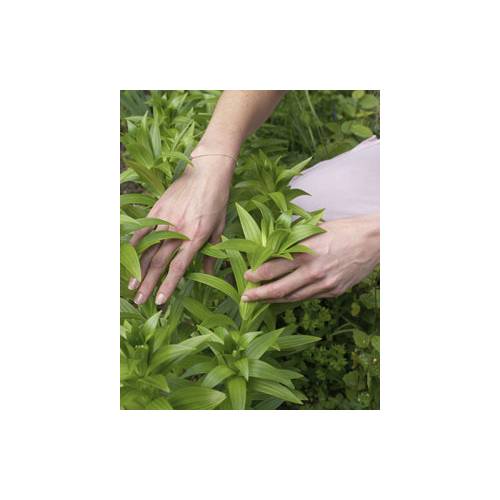
Diagnostic
Identifying a pest
- Details
-
A pest is an animal that attacks a plant. In bygone days, they were called "parasites" or "vermin". Regardless of the name given to them: the important thing is to understand what each does and how to deal with them...
Pests or just passers by?
It is not because a plant is covered in insects that they are going to devour it. Sometimes they settle on a plant just to attract others of their species, they do not intend to eat it. They are just there as part of the mating ritual. It is very important to understand the difference between these passers by and those pests who damage the plant by attacking it. Likewise, you should not confuse the pest with its natural predator. Pests often work at night (as is the case with the weevil), to hide from the predators that would like to eat them. Sometimes when we inspect an attacked plant, we often come across the predator that is looking for the same thing as you: the insect that has attacked the plant! Be careful not to mistake your ally for your enemy!
Discreet pests
The biggest beasts are not necessarily those who cause the most damage. Those big snails cause a lot less harm than those little grey slugs that hide under the leaves during the day. On the other hand, those little discreet insects can do a lot of damage to a plant because they are nearly impossible to see. For example, the different forms of scale can weaken a plant although their infestation would probably not be noticed unless the plant was examined close up. Any examination should be carried out carefully without causing disturbance. You must not cause the pests to flee otherwise you cannot identify them properly.
Play the role of detective
First step is to look at the leaves without touching them, then turn them over delicately one by one using one hand. Place you other hand under the leaf as you turn it over, with the palm facing up. If there is a pest underneath he will fall off into your hand. If you are frightened of the little beasts, ask someone else to do it or wear gloves. Some pests are so furtive that they will drop to the ground as soon as the gardener comes within 3 metres of the plant!
Remember, it is not forcibly the creature that you find wandering about that is the cause of the problem. It could be the natural predator of the troublesome pest. If you do not find any trace of the pest, have a look around the foot of the plant because the pest could be hiding there. Also, check that it is not a disease caused by a fungi or something else that is the problem rather than an attack by an animal pest.
Sometimes it can take several days to identify the cause of the symptoms that you have noticed on the plant. It is better to take the time to ensure a good diagnosis rather than to wrongly treat a plant and fail to cure it! - Photos (1)

